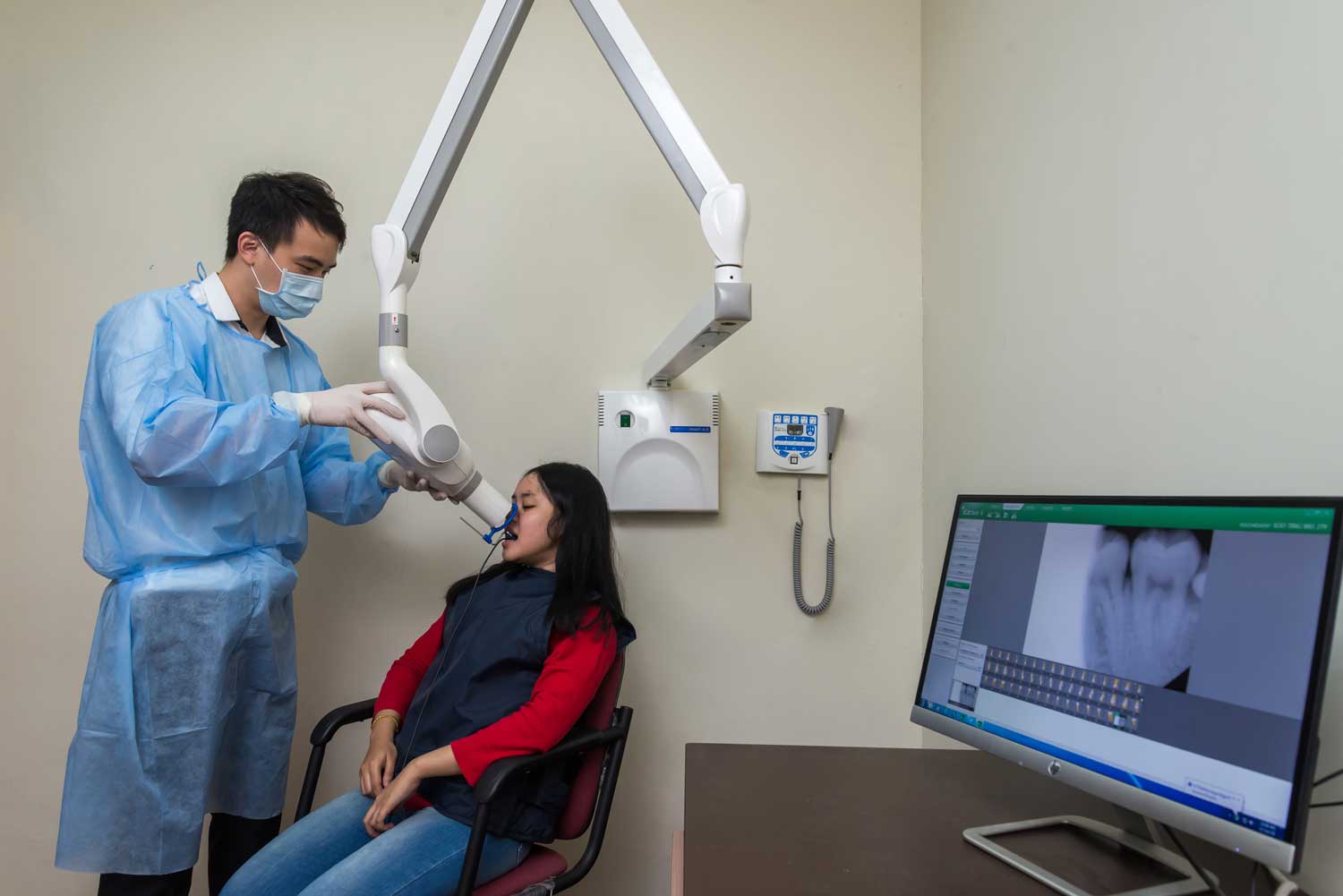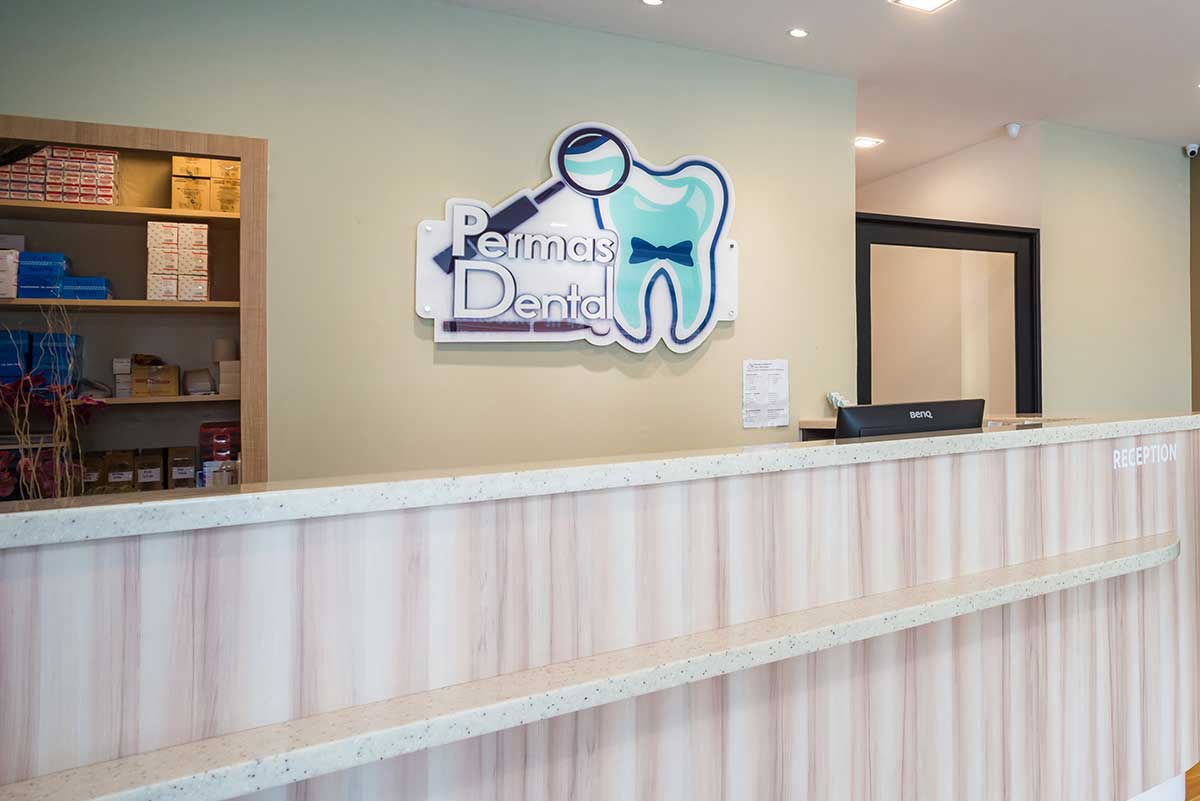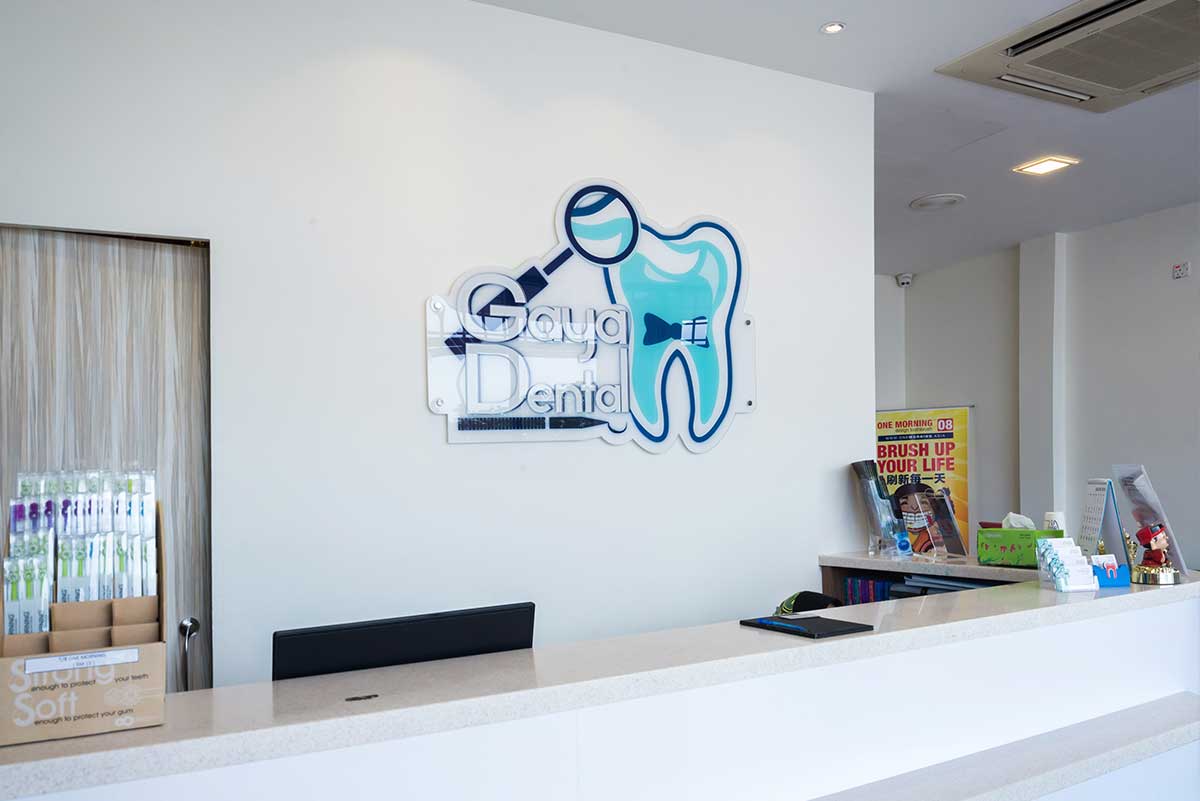Understand Scaling
Scaling is a common dental procedure for patients with gum disease. This is a type of dental cleaning that reaches below the gumline to remove plaque buildup. The process of scaling and root planning the teeth is often referred to as a deep cleaning. This treatment goes beyond the general cleaning that you receive with your regular checkup and annual visit.
When is Dental Scaling Necessary?
Everyone experiences some form of plaque buildup. The saliva, bacteria, and proteins in your mouth form a thin layer that covers your teeth at almost all times. When you eat, tiny particles, acids, and sugars from the food stick to this film, creating a buildup on the teeth known as plaque. The bacteria that lives in this plaque can cause gum disease and tooth decay. Brushing, flossing, and regular dental cleanings will help remove the plaque and prevent more serious problems.
If you have healthy gums, the tissue will fit tightly around the tooth and keep plaque out. However, if gum disease begins to form, this tissue will loosen. Healthy gums attach to the tooth just 1 to 3 millimeters below the gumline. With gum disease, you’ll begin to develop deeper pockets. These can fill with plaque, worsening your problems and causing symptoms like bad breath.
If you have pockets of 4 millimeters or more, your dentist will probably recommend dental scaling to remove the plaque beneath the gumline and help treat the gum disease.
What to Expect Afterwards
Your mouth may feel sore and sensitive after your dental scaling and root planning. Some patients experience swelling or bleeding for a few days following the procedure. Your dentist may suggest a desensitizing toothpaste to help ease this discomfort. You might get a prescription mouthwash to use after the procedure, as well, to help keep the gums clean. It’s crucial that you use proper brushing and flossing procedures after your scaling to stop plaque from forming again in the same areas.
Your dentist should schedule a second a visit after your dental scaling to examine the gums, measure the depth of your gum pockets, and make sure your mouth is healing properly. If the gum pockets have gotten deeper since your scaling, you may need to explore additional treatment options to help you maintain a healthy smile.
Dental scaling is a very common treatment for patients with gum disease. Nearly half of American adults have gum disease, so you’re not alone if your dentist recommends this procedure. Scheduling dental scaling as needed can help you battle unseen plaque and maintain a cleaner mouth. If your dentist indicates that you need a deep cleaning, don’t hesitate to schedule this appointment. The result is a fresher smile that you’re sure to enjoy.
















